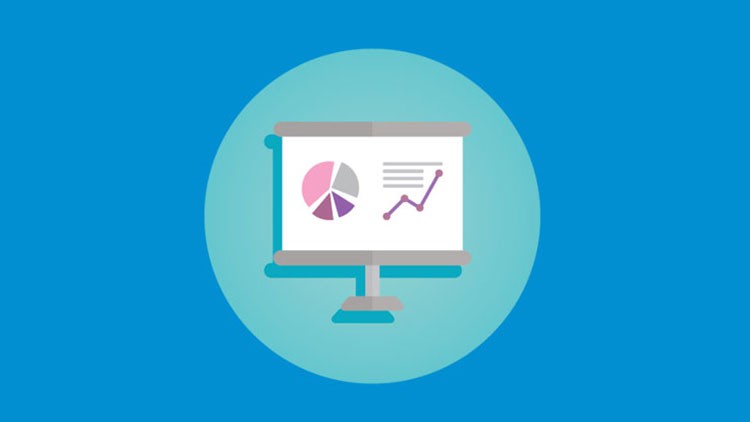
Pass your CMA Part 1 exam in first attempt. Learn Financial Reporting, Planning, Performance, and Control
What you will learn
The learners will get an understanding of financial reporting and its components as well as the analysis of different components of the financial statements.
Participants will get to know about the balance sheet, its components, notes to balance sheet, and treatment of balance sheet items.
Learn about the income statement, its format, notes, and treatment of items of the income statement.
Get updated about different kinds of budgets and their applicability in organizations.
Description
The Institute of Management Accountants (IMA) grants a professional certification in the fields of management accounting and financial management by way conduct of the Certified Management Accountant (CMA) Certification. The certification has global recognition and focuses on management accounting and finance skills required for efficiently handing different spheres of the corporate world. Anyone who is looking for a career in corporate accounting and finance positions must take up this course to place themselves one step ahead of competitors by getting the CMA certification.
The main areas in which CMA certification requires attention are financing reporting, budgeting & planning, performance management, cost management, and internal controls. These areas are the key areas of consideration in any business organization and thus any business entity looks for the candidates who possess skills for financial decision making. Candidates having the CMA certification come out as the right choice for such positions since they are considered to have a good insight into financial analysis and planning.
The learners will get equipped with the following skills through this course:
- External financial reporting decisions: The learners will get an understanding of financial reporting and its components as well as the analysis of different components of the financial statements.
- Financial statements: Financial statements are important financial records of any entity and the learners will develop an understanding of financial statements, its components, and preparation.
- Balance sheet: Participants will get to know about the balance sheet, its components, notes to balance sheet, and treatment of balance sheet items.
- Income statement: Learn about the income statement, its format, notes, and treatment of items of the income statement.
- Cash flow statement: By accessing this course, you can get updated about the cash flow statement and the two methods used for its preparation.
- Budgeting: Get updated about different kinds of budgets and their applicability in organizations.
- Performance management: There are different tools for performance management which you can learn about in this course such as variance analysis, cost allocations, product profitability analysis, and so on.
- Cost management: You will learn about important cost management concepts and different costing techniques.
- Internal controls: Get skills relating to internal control implementation and control processes required in organizations
Content